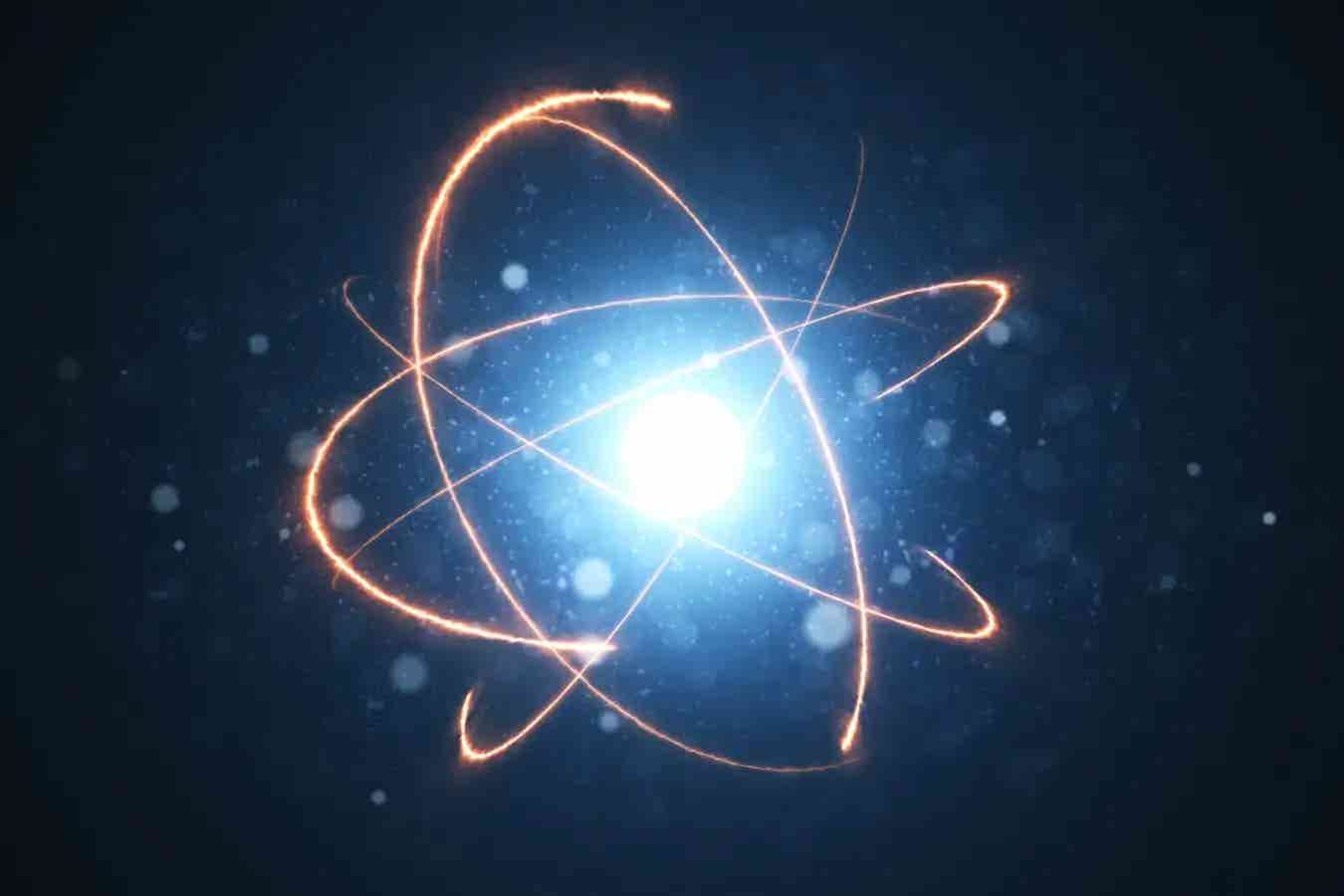‘Promising evidence’ that osteopathy may relieve musculoskeletal pain
Osteopathy is based on the principle that the structure (anatomy) and function (physiology) of a person’s body are intertwined.

[Apr 14, 2022: Media Relations, BMJ]
Osteopathy is based on the principle that the structure (anatomy) and function (physiology) of a person’s body are intertwined. (CREDIT: Creative Commons)
There’s “promising evidence” that osteopathy, the physical manipulation of the body’s tissues and bones, may relieve the pain associated with musculoskeletal conditions, finds a review of the available clinical evidence, published in the open access journal BMJ Open.
But there’s little or only inconclusive evidence to back its use in children, and for the treatment of migraine or irritable bowel syndrome (IBS), the findings show.
Osteopathy, which was first developed in the late 1800s in the USA, is based on the principle that the structure (anatomy) and function (physiology) of a person’s body are intertwined. It aims to repair imbalances in this relationship.
In common with other forms of complementary medicine, osteopathy has grown in popularity over the past decade, particularly for the treatment of musculoskeletal disorders. The researchers therefore wanted to assess its safety and effectiveness for different conditions.
They trawled research databases for systematic reviews and pooled data analyses (meta analyses) of relevant randomised controlled clinical trials, published up to November 2021.
Only trials carried out by doctors with osteopathic training or osteopaths were included.
Related Stories
The search uncovered nine systematic reviews or meta analyses conducted between 2013 and 2020, involving 55 primary trials and 3740 participants.
The systematic reviews reported on the use of osteopathy in a wide range of conditions, including acute and chronic non-specific low back pain, chronic non-specific neck pain, chronic non-cancer pain, primary headache, and IBS.
The pooled data analyses reported that osteopathy is more effective than other approaches in reducing pain and improving physical function in acute/chronic non-specific lower back and neck pain and in chronic pain not associated with cancer.
The other comparative approaches included dummy treatment (placebo), sham osteopathy, light touch therapy, no treatment, waiting list, conventional treatment, physiotherapy or other forms of complementary medicine.
But small sample size, contradictory findings, and wide variations in study design meant that the evidence on the effectiveness of osteopathy for use in children with various conditions, ranging from attention deficit hyperactivity disorder to asthma and infantile colic, and the treatment of migraine and IBS, was limited or inconclusive.
No serious side effects associated with the therapy were reported in the 7 systematic reviews that evaluated them, although only two defined how these were measured.
“This overview suggests that [osteopathy] could be effective in the management of musculoskeletal disorders, specifically with regard to [chronic non-specific low back pain] and [low back pain ] in pregnant women or [those who have just had a baby],” write the researchers.
“In contrast, inconclusive evidence was derived from [systematic reviews] analysing osteopathy efficacy on paediatric conditions, primary headache, and IBS,” they add.
“Nevertheless, based on the low number of studies, some of which are of moderate quality, our overview highlights the need to perform further well-conducted [systematic reviews] as well as clinical trials (which have to follow the specific guidelines for non-pharmacological treatments) to confirm and extend the possible use of [osteopathy] in some conditions as well as its safety,” they conclude.
Note: Materials provided above by BMJ. Content may be edited for style and length.
Like these kind of feel good stories? Get the Brighter Side of News' newsletter.
Tags: #New_Discoveries, #Health_News, #Osteopathy, #Muscles, #Pain, #Science, #Physiology, #Research, #The_Brighter_Side_of_News
Joseph Shavit
Head Science News Writer | Communicating Innovation & Discovery
Based in Los Angeles, Joseph Shavit is an accomplished science journalist, head science news writer and co-founder at The Brighter Side of News, where he translates cutting-edge discoveries into compelling stories for a broad audience. With a strong background spanning science, business, product management, media leadership, and entrepreneurship, Joseph brings a unique perspective to science communication. His expertise allows him to uncover the intersection of technological advancements and market potential, shedding light on how groundbreaking research evolves into transformative products and industries.



